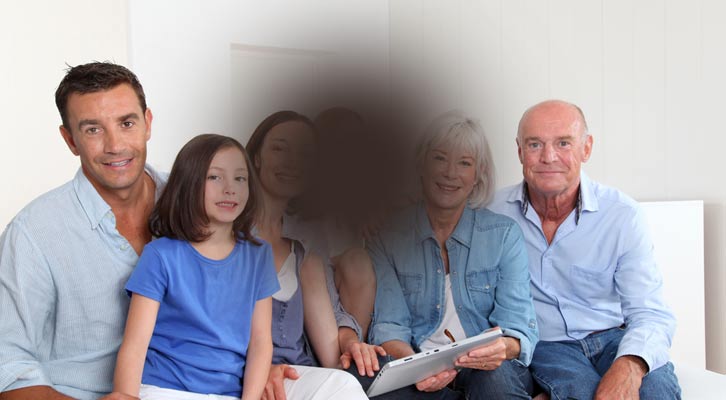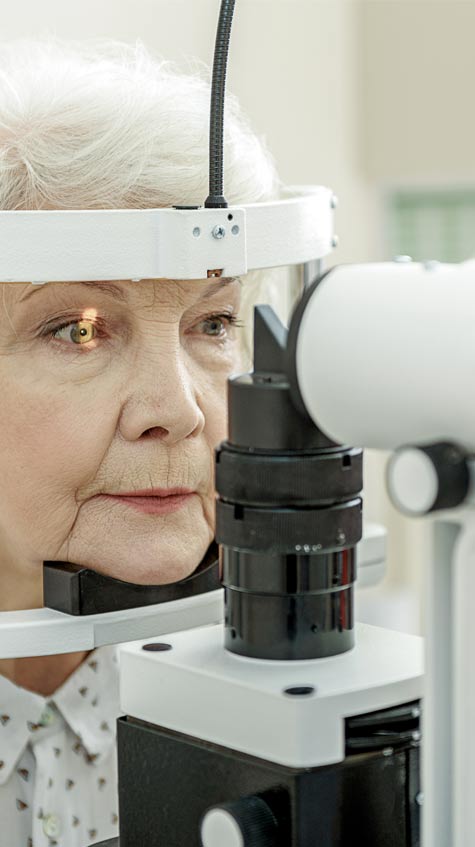Stargardts Disease Treatments NYC by Marc Bystock L.Ac.
"There are no cures for Stargardt's disease. Acupuncture has been shown to benefit Stargardt's patients by increasing blood perfusion to the eye and specifically to the retina."
-Marc Bystock L.Ac.
Contact Marc Bystock, Leading Holistic Acupuncturist in NYC for a Free Consultation.
CONTACT MARC
VERIFY YOUR HEALTH INSURANCE
Treatment for Stargardt’s Disease by Marc Bystock NYC Acupuncturist in Midtown Manhattan NY 10016
What is Stargardt's Disease?
Stargardt's disease is most often diagnosed in childhood or adolescence. It is a genetically inherited form of macular degeneration. Stargardt's disease causes central vision loss. It is often referred to as early-onset macular degeneration, Stargardt's macular dystrophy, juvenile macular degeneration, or fundus flavimaculatus.
Estimates claim that over 30,000 people in the United States alone suffer from this devastating disorder.
Vision loss occurs from the degeneration of photoreceptor cells located in the macula, the retina's center region. The retina is located at the back wall of the eye. The retina tissue is very sensitive. It is responsible for receiving light, then converting it into an electrical signal that travels down the optic nerve to the brain to be processed into images.
The macula is the dense location of cone photoreceptors. They are responsible for seeing sharp details in objects, central vision, reading, seeing faces, daytime vision in light, and color vision. With a decrease in photoreceptors' function, central vision loss becomes the main characteristic of Stargardt's disease. Usually, some central vision may remain intact, but rates of progression can vary.
The retinal pigment epithelium (RPE) tissue is a thin layer of cells supporting the photoreceptors. In Stargardt's disease, damaged protein in the photoreceptor cells may result in lipofuscin buildup in the retinal pigment epithelial tissue. Photoreceptors shed themselves daily, creating layers of toxic necrotic tissue. If this waste material is not cleared away, it can destroy the retinal pigment epithelial tissue. When RPE is lost, so are the photoreceptors cells that lie above them. This leads to loss of vision.
What Causes Stargardt's Disease?
Vitamin A foods are healthy for vision because vitamin A is needed to create specific molecules inside the light-sensitive photoreceptors. Genetic mutations in gene ABCA4 are a common causative factor for Stargardt's disease. Cells that do not possess the ABCA4 gene protein molecule can accumulate lipofuscin clumps. These yellow flecks are made of fatty substances and collect around the macula, causing a loss of both photoreceptors and central vision.
Gene mutations in the ABCA4 gene can also cause dystrophies in the light-sensing photoreceptors of the rods as well as the cones. Cones are located in the macula's center and are associated with central vision. Rods are in the outer ring of the retina and are responsible for peripheral vision.
Carriers of the autosomal recessive ABCA4 gene mutation account for up to 95% of Stargardt's disease. The remaining 5% are due to rarer genetic defects that act on lipofuscin
What Are the Symptoms of Stargardt's Disease?
Common symptoms of those suffering from Stargardt's disease are like those who have age-related macular degeneration (ARMD). Symptoms include the slow loss of central vision bilaterally. The timing may vary as to the progression of symptoms among different patients. Usually, it starts off slowly with blurry vision followed by gray or black spots in the center of the eye.
Patients notice that adjusting from brightness to darkness takes longer than before. Many of Stargardt's patients will end up with 20/200 vision and loss of side vision with age. Symptoms may include:
- Decrease in sharp vision
- Central vision loss
- Observing blind spots
- Loss of color vision
- Blurry vision
- Black spots in vision field
- Sensitivity to light
- Trouble seeing in dim light
How is Stargardt's Disease Diagnosed?
An ophthalmologist or optometrist may be able to diagnose Stargardt's disease for you. After a retinal examination, they will determine if you have lipofuscin deposits. These can be observed as yellow spots in a ring-like pattern surrounding the macula. A variety of eye tests may be performed to diagnose a positive Stargardt's disease.
- A visual field test is used to evaluate the overall field of vision, peripheral and central. The central nervous system processes this as four quadrants of neurological activity.
- Color test - The Ishihara color vision test is the most commonly used. It consists of colored dots that make up pictures. There is usually a figure alongside a number. A color-blind person will not be able to make out the number.
- Fundus Photo - The fundus refers to the back of the eye, including the macula, retina, optic nerve, and blood vessels that feed the retina. The eye doctor will look for lipofuscin in these regions.
- Optical Coherence Tomography (OCT) - An imaging technology that shows a high-resolution cross-reference of the retina
- Electroretinography (ERG) - This test measure the electrical activity of the photoreceptors in the retina
There are no cures for Stargardt's disease. Intraocular injections are given if leakage is found in the vessels, similar to wet macular degeneration. Research shows that proper nutrition and UAV protection may slow down the progression of Stargardt's disease. In addition, excess vitamin A may cause harmful effects to the eyes.
How Acupuncture Treats Stargardt's Disease
Traditional Chinese Medicine (TCM) always searches for the systemic root causes of any disorder. The eyes do not exist in isolation but are intricately connected to the rest of the body. Therefore, the eyes are an outward expression of other related imbalances throughout the body. In TCM, the liver connects to the eyes via meridians. The liver holds blood made from the digestive system. Therefore, if the digestive system does not make healthy blood and the liver does not function optimally to deliver the blood, then imbalances may become inherent.
Acupuncture has been shown to benefit Stargardt's patients by increasing blood perfusion to the eye and specifically to the retina. When blood is healthy and rich in nutrients, it will deliver the necessary molecules to generate healthy cells and tissue.
In my clinic, we provide various acupuncture services for Stargardt's patients, including, but not limited to Micro Acupuncture, Acunova acupuncture, Traditional Chinese medicine acupuncture, electrical stimulation, and pulsed electromagnetic frequency, Ondamed, food plans, herbs, nutrients, and exercises.
Contact NYC Acupuncturist Marc Bystock L.Ac. for Stargardt's Disease Treatments
My name is Marc Bystock, L.Ac. I am a licensed acupuncturist working in New York City. I've been treating patients since 1996. If you have been diagnosed with Stargardt's disease or if you know anyone with this disorder, please contact me as soon as possible to discuss strategies that may be beneficial.
My passion lies in helping my patients to improve their vision!
Please contact me
today!







